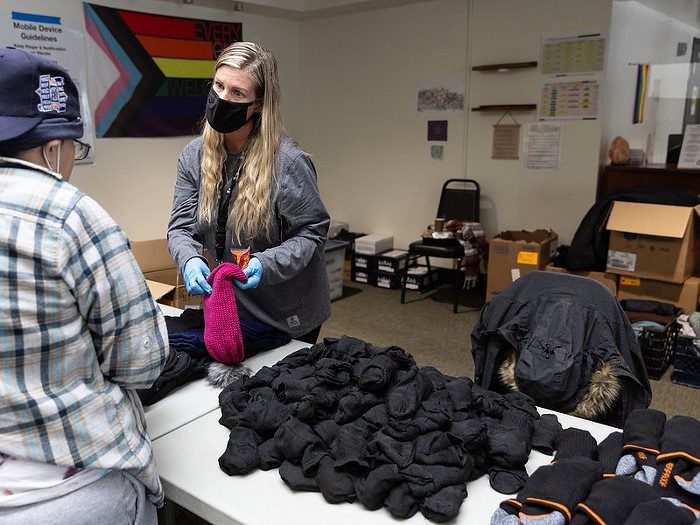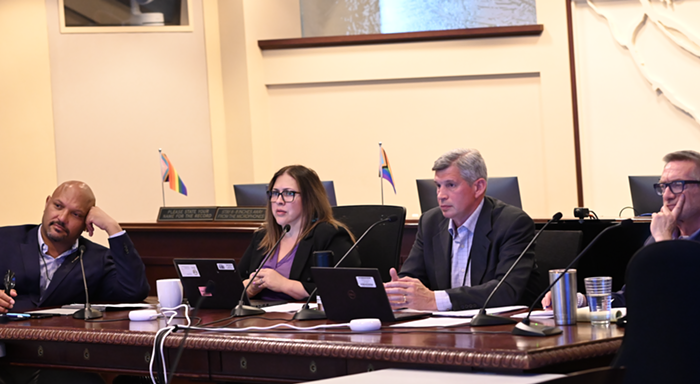In May, Mel Kohn, the state epidemiologist, announced that enrollment into the state's AIDS/HIV drugs prescription assistance program would be frozen--due to a $1.2 million budget deficit. At the time, state officials delivered this news with great sorrow. However, a local activist group called AIDS Services Accountability Coalition (ASAC) says that the state officials should shoulder more responsibility for the dire straits. Had they managed the state budget differently and kept the public more informed about pending budget shortcomings, say ASAC activists, AIDS/HIV sufferers would not be facing such bleak futures.
In addition to being an AIDS patient himself, Porter represents the community by sitting on the CAREAssist Advisory Group; a board which advises the state in the spending of federal money aimed at helping AIDS and HIV patients. Porter was astounded at how much the Oregon Health Division kept the board in the dark about the budget deficit.
"At first we were told there wouldn't be enough funds for the following year," Porter explained, "and then it was only two weeks later that they told us we were actually two million dollars in the hole. How the hell did they suddenly get two million dollars in the hole?"
Thomas Bruner, the executive director of Cascade AIDS Project, an advocacy group for people living with HIV/AIDS, echoes Porter's frustration with the state.
"Outside of the Oregon Health Division, the HIV community at large was unaware of these large looming shortfalls as recently as this spring," explained Bruner. "We actually learned recently, for the first time, that there was a shortfall last year as well, which we had never been notified about, that was filled with one-time funds that they shifted from somewhere else. So yes, we would agree that the state has communicated very poorly."
Moreover, activists are concerned that too much money is presently being channeled into other services--such as case management and housing. If drugs cannot be supplied, they say, providing these services is somewhat pointless. Federal money that comes to the state for AIDS/HIV funding is channeled through a federal fund called the Ryan White Care Act, and are divided into Title I, II, and III funds. Typically, Title I funds are used for outpatient health care, hospice care, and housing. This money is often funneled through non-profits who, in turn, deliver services to AIDS/HIV patients. It is the Title II funds that pays for insurance and medicine. To make up for the budget shortfall and to avoid the loss of funding for AIDS/HIV patients' medicines, ASAC would like to see more Title I funds shifted to Title II uses. They acknowledge that this shift could make non-profits and other advocacy groups suffer, but they insist it would assure that patients would not lose their direct financial assistance to purchase medicines.
"I do wish we had alerted people earlier," says Veda Latin, program manager for Department of Human Services HIV/STD/TB programs. "But we still have yet to make any major changes," she argues. Latin also says that though Title I and Title II are funded by the Ryan White Care Act, the funding is determined on federal--rather than state--level, and Title I funds are then distributed by the county. "No one likes the situation we're in," said Latin. "We are doing everything we can to make the program remain financially sound."


















